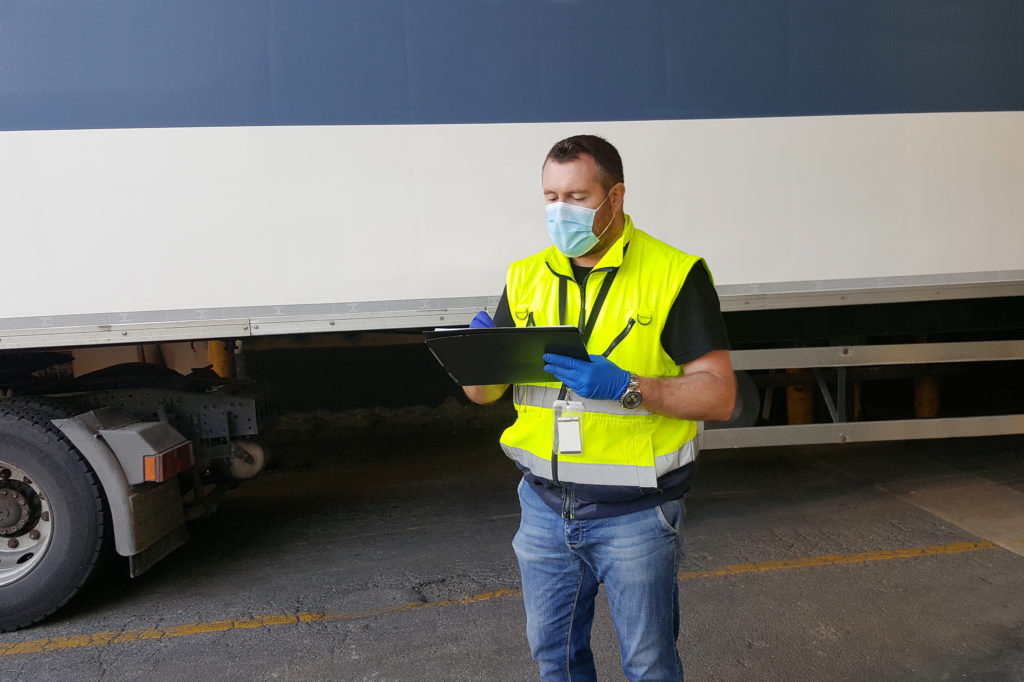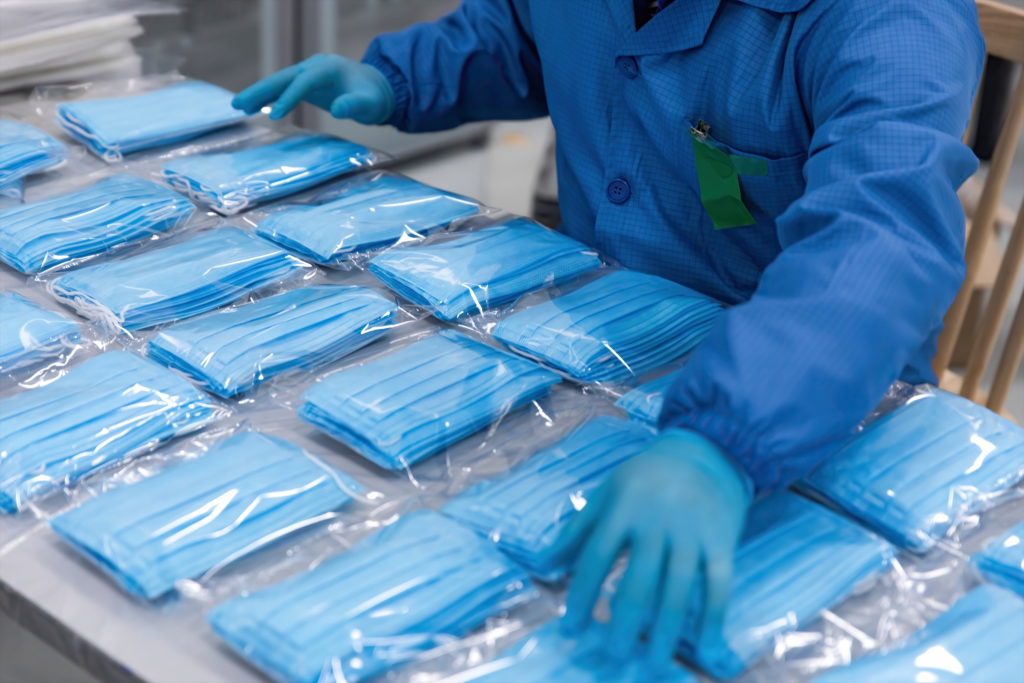
As various transportation groups work around the obstacles brought on by COVID-19, industry experts are saying more federal funding is extremely necessary.
“The folks closest to the work usually have the best thoughts and suggestions to bring forward, anyway,” said former Bay Area Rapid Transit general manager, Grace Crunican, of the importance in keeping transit employees on the job.
As of the beginning of June, federal funding programs offering COVID-19 related aid to local and state transit grants had expenditures of about $3 billion out of a total of $25 billion in appropriations, according to the U.S. Government Accountability Office. $159 billion of total funds had been disbursed by that time, including funds for Medicaid, airport grants, and the Education Stabilization Fund. According to Crunican, transportation industry agencies need more. She believes the industry would benefit greatly from further funding following the $2.2 trillion Coronavirus Aid, Relief, and Economic Security Act.
Crunican said that this is an ideal time for cities to undergo repair projects, as well.
“Now is an incredible time for rail systems to do state-of-good repair work,” she said. “It’s a good time to invest in a rail system and get the system back in order. Any funding that could be provided to systems that have plans in place would be an added boost.”
She explained further that all transportation systems would have their own unique difficulties in getting needed repairs off the ground. Still, Crunican wants city authorities to listen to public transit riders regarding what would make them feel safest in returning to transportation systems once regular schedules resume.
“There’s alot of uncertainty that’s out there, Crunican continued. “I think transit reflects the rest of the country. Every system is different. People are still trying to feel their way back to what they know.”
She also said many transit groups have begun implementing new ways of keeping employees and riders safe during COVID-19, like utilizing social distance markers and creating barriers around bus drivers.
At last month’s Eno Center for Transportation’s webinar for industry professionals, Eno Center president Robert Puentes echoed Crunican’s statements.
Puentes said that reduced tax revenue and overall ridership have been results of nationwide stay-at-home orders, and that the pandemic is expected to reduce state transit revenue by $50 billion over the next year and a half, according to the American Association of State Highway and Transportation Officials.
“These ongoing health concerns mean that the timing of return-to-normal operations are still uncertain,” Puentes said.
American Public Transportation Association director of policy development and research, Darnell Grisby, said the decreased numbers of overall traffic as a result of the pandemic have brought ample time to recreate street networks in order to finally meet the needs of pedestrians and public transportation systems.
“This is a great opportunity to take this crisis and do something with it,” said Grisby.
In order to help the public feel secure that public transit will be safe to use, Uber Technologies Inc. head of global policy for public transportation, Christopher Pangilinan, believes hard evidence will be the most effective tool. He noted New York’s subway system of the 1980s, which many locals refused to use due to concerns of safety.
“We don’t want that to happen again because of COVID,” he explained.
During this time, the Department of Transportation is also working with GAO to increase “communication efforts with stakeholders on coordination opportunities, including its plans to reorganize technical assistance center web pages to centralize information and best practices,” according to GAO’s website. GAO also said it believes a “comprehensive communication plan” is necessary for stakeholders to stay informed of “opportunities to enhance rural transit services.”
GAO also mentioned that because CARES Act funds will be distributed to public transportation, including that of rural areas “that have not previously received FTA funds,” this boosted communication between agencies will be particularly necessary.
This comprehensive communication, GAO said, is recommended in order to ensure that “FTA and the Federal Emergency Management Agency (FEMA) identify and develop controls to address the risk of duplicate funding,” including methods to better identify all transit expenses in applications sent to FEMA by cities and counties.




